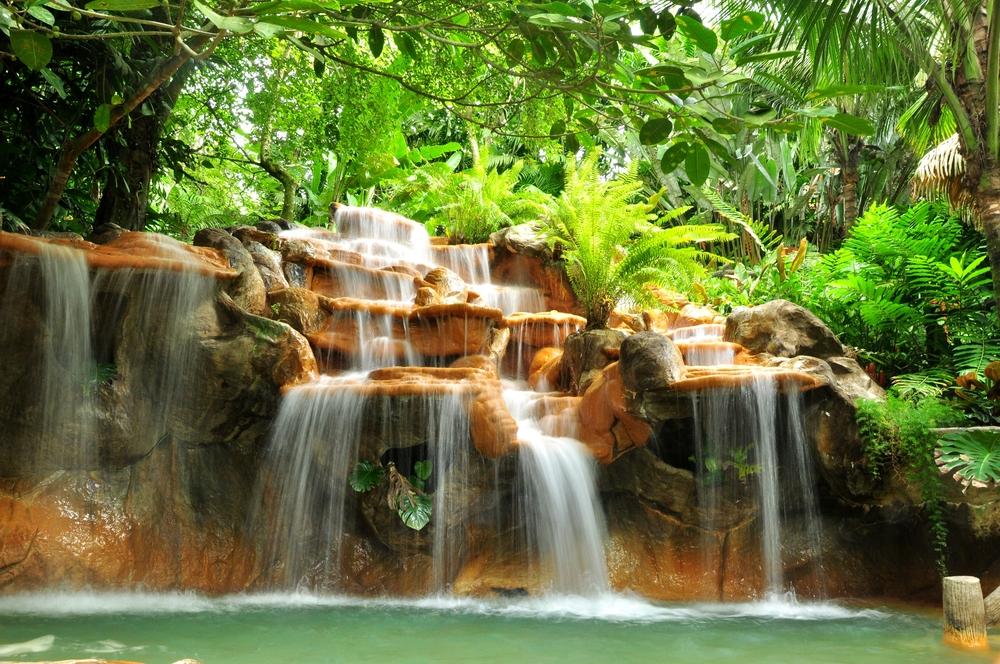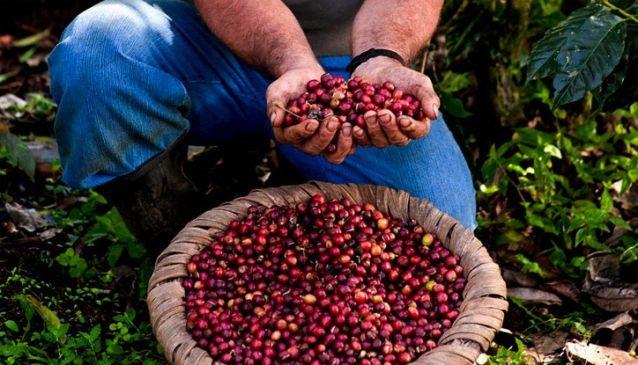It is no secret that Costa Rica is one of the most biologically diverse places on the planet. This tiny Central American country is home to over 12,000 species of plants, 830 bird species, 1,200 butterfly species, 230 different mammals, and 400 species of reptiles, yet it covers only .03% of the world’s land mass. Costa Rica has gone to extraordinary lengths to protect these natural resources by designating nearly 25% of it’s land as ‘protected.’ These protected areas are split into 26 national parks, 47 protected zones, 58 wildlife refuges, 11 forest reserves, 8 biological reserves, and total an astonishing 3,130,335 acres. If we tried to fit information on all of these protected areas into one article, it would be longer than Leo Tolstoy’s “War and Peace” so today we are going to focus on 3 of Costa Rica’s most famous national parks; Arenal national park, Manuel Antonio national park and Corcovado national park.
Arenal National Park



